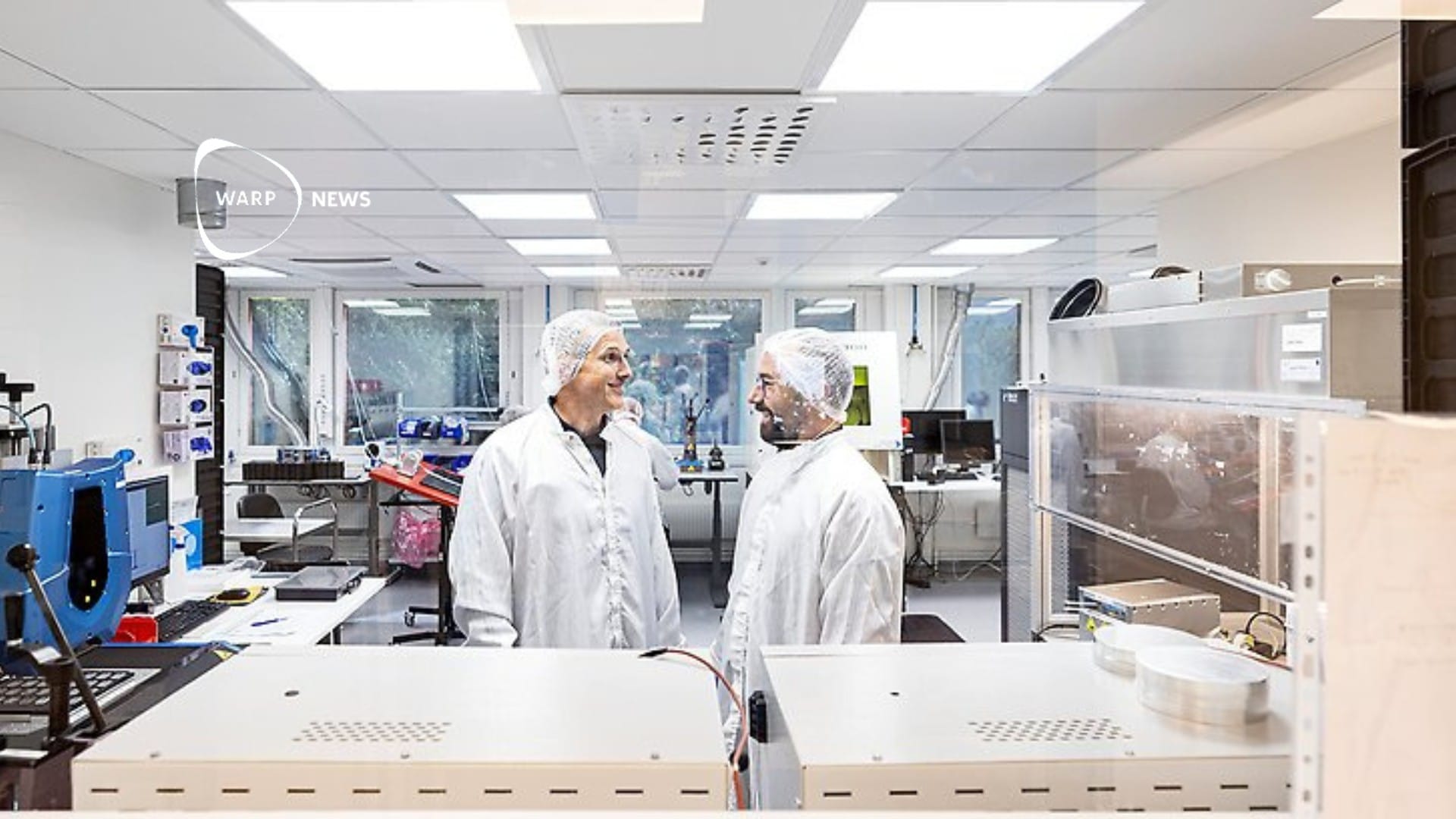
🏥 Xenobots – how the first living robot will change healthcare
Xenobots - small robots built of skin cells can be an important tool of the future, in everything from cancer treatment to curing old age.
Share this story!
Xenobot is the term used for small robots consisting of living cells. They make up a completely new life form. According to one of the researchers behind the first xenobots, professor Josh Bongard, there are almost no limits to the potential of this new biotechnology.
They will, primarily, be of good use in the field of medicine. Anyone who has seen the Netflix series Travelers may have an idea of what the technology is about. In that show, "nanites" are used as aid within the patient's bodies when conducting surgeries.
In 2020, an article was published in the Proceedings of the National Academy of Sciences, in which researchers from the University of Vermont described the tiny wonder for the first time. The design of the xenobots was first generated by a computer that generated a hundred configurations. The scientists then picked the best of them and built the xenobots out of a few hundred frog skin and heart cells.
When choosing between the simulated designs, the researchers considered, besides the moving ability, features such as the amount of "passive" tissue, which would allow them to add more functions to the robots in the future.
The result was a small xenobot that looked like what Bongard described as a "popped kernel of popcorn." The robot could move forward independently, and several xenobots moved together in coordination. They could stay in motion for several weeks only using the energy stored in the cells. But what was perhaps even more remarkable was that the xenobots healed themselves when they were cut in the middle.
Remembers and changes color
This year, the researchers released a new article describing how they had updated the xenobot. Now they can be created only with skin cells, and they show group behaviors. They can, for example, arrange objects together and sort them into "piles." They also displayed some sort of memory. When exposed to a certain light, they changed color and retained the new color. With this ability, it's possible that they could be used to investigate an environment and report on what they have seen.
We asked one of the researchers behind the study, Dr. Michael Levin at the University of Vermont, what role the xenobot will play in healthcare in the future.
"In the short term, Xenobots can be useful living machines. In the body for cleaning up arthritic joints, delivering pro-regenerative compounds, sensing trouble in the gut and intestine, healing wounds, chasing down cancer cells, dissolving plaque, etc.", he says in an email.
Dr. Levin also states that they could be used to sculpt tissue for organ transplantation, clean up toxins in water, detect toxic chemicals in a certain environment, and much more.
Still, the xenobot needs to undergo more development before it can be used to carry out a specific task in the human body. According to Michael Levin, an important step is to figure out how to make them from human cells and to learn how to program them to do what we want.
Professor Josh Bongard, one of the cowriters of the studies, identifies another exciting field of use:
"The most exciting “application” will be using xenobots as a new scientific instrument, like a microscope or a cyclotron: it is likely that xenobots will help us understand biology in ways that are difficult with just naturally-evolved organisms."
Image: University of Vermont
By becoming a premium supporter, you help in the creation and sharing of fact-based optimistic news all over the world.


